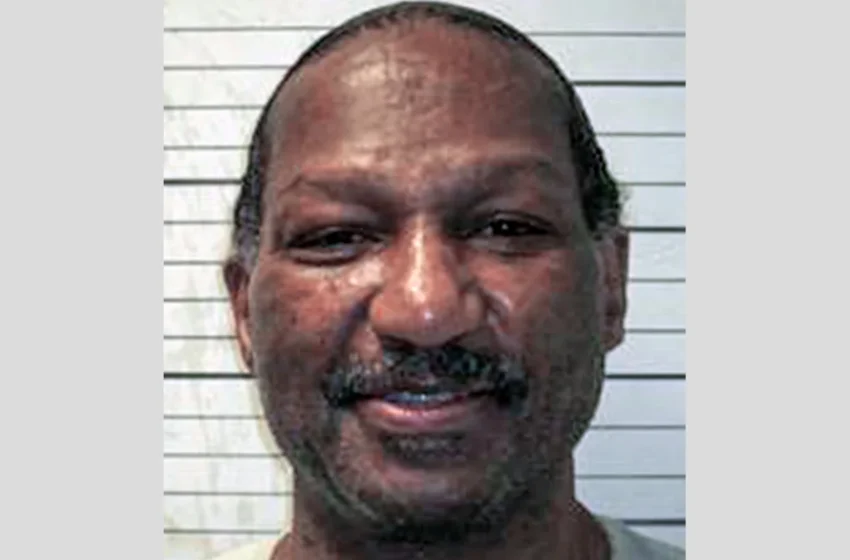Why Byron Black was executed: What you need to know

Byron Black. Credit: Tennessee Department of Corrections
On August 5, 2025, Tennessee carried out the execution of 69‑year‑old Byron Black, who had been convicted of murdering his girlfriend and her two young daughters in 1988. The case drew international attention because Black had an active implantable cardioverter‑defibrillator (ICD), raising concerns that the device could deliver painful shocks during his execution. Despite a lower court order to deactivate the ICD, the Tennessee Supreme Court ruled it could proceed, allowing new legal, ethical, and medical debates to intensify.
Legal Battle Over Defibrillator and Pain Risk
Black’s attorneys argued his ICD, designed to shock the heart if it detected arrhythmias, might activate during the lethal injection, causing excruciating pain. A Davidson County Chancery Court judge initially agreed, ordering the device be turned off to prevent a potentially torturous death. However, the Tennessee Supreme Court overturned that ruling, asserting the lower court lacked the authority to delay an execution. The U.S. Supreme Court also declined to intervene, and Governor Bill Lee denied clemency.
Distressing Witnesses and Allegations of Suffering
Media witnesses present during the execution reported that Black appeared in visible distress: he looked around, sighed heavily, and at one point exclaimed, “It’s hurting so bad.” He allegedly spoke to a spiritual adviser who was present as he appeared uncomfortable before losing consciousness. His legal team said they would pursue an autopsy and review data from the ICD to confirm whether it discharged during the procedure.
Conviction, Health Decline, and Disability Debate
Byron Black was convicted in 1989 for the 1988 murders of his girlfriend, Angela Clay, and her daughters, Latoya (9) and Lakeisha (6), committed while he was on work-release. Prosecutors described the crime as particularly heinous. Black received the death sentence and multiple life terms; he spent over 35 years on death row.
Black had several serious health issues: dementia, heart failure, kidney failure, brain damage, and intellectual disability. Disability rights groups and legal experts argued he should have been declared ineligible for execution under the Atkins v. Virginia Supreme Court precedent, which bars capital punishment for intellectually disabled individuals. Though prosecutors agreed with this assessment in 2022, the courts repeatedly denied new competency hearings due to procedural rules.
Execution Marks Historic First Case in Tennessee
This execution was notable as the first known U.S. execution of a prisoner with an implanted defibrillator still active. Tennessee had resumed executions in 2025 after a five-year pause prompted by COVID‑19 and lethal injection protocol concerns. Black’s execution was the state’s second in the year and occurred amid a rise in capital punishment nationally. It brought harsh criticism from legal advocates, who called it an erosion of ethical and constitutional safeguards.
READ ALSO
Was the Titan submersible implosion preventable? Here’s what you should know
Death Penalty, Ethics, and Public Backlash
Civil rights advocates and Black’s legal team labeled the execution a violation of human rights and described the handling of his case as a “brutal and unchecked abuse of power.” They challenged both the decision to proceed and the lack of medical intervention to deactivate the ICD. The victim’s family, however, stood firm in their belief that justice was served, stating they never received any apology from Byron Black.
The case has reopened serious ethical debates: should medical devices be deactivated in executions, and what responsibility do prison officials and states bear toward vulnerable inmates, especially those with disabilities?
Byron Black’s execution exposed a rare intersection of capital punishment, medical ethics, and disability law. Even as legal authorities enforced the sentence, the disregard of medical device risks and the failure to grant new hearings on intellectual disability have prompted widespread concern. The case may shape future policy on humane execution practices, court authority over medical interventions, and the execution of medically vulnerable individuals.


